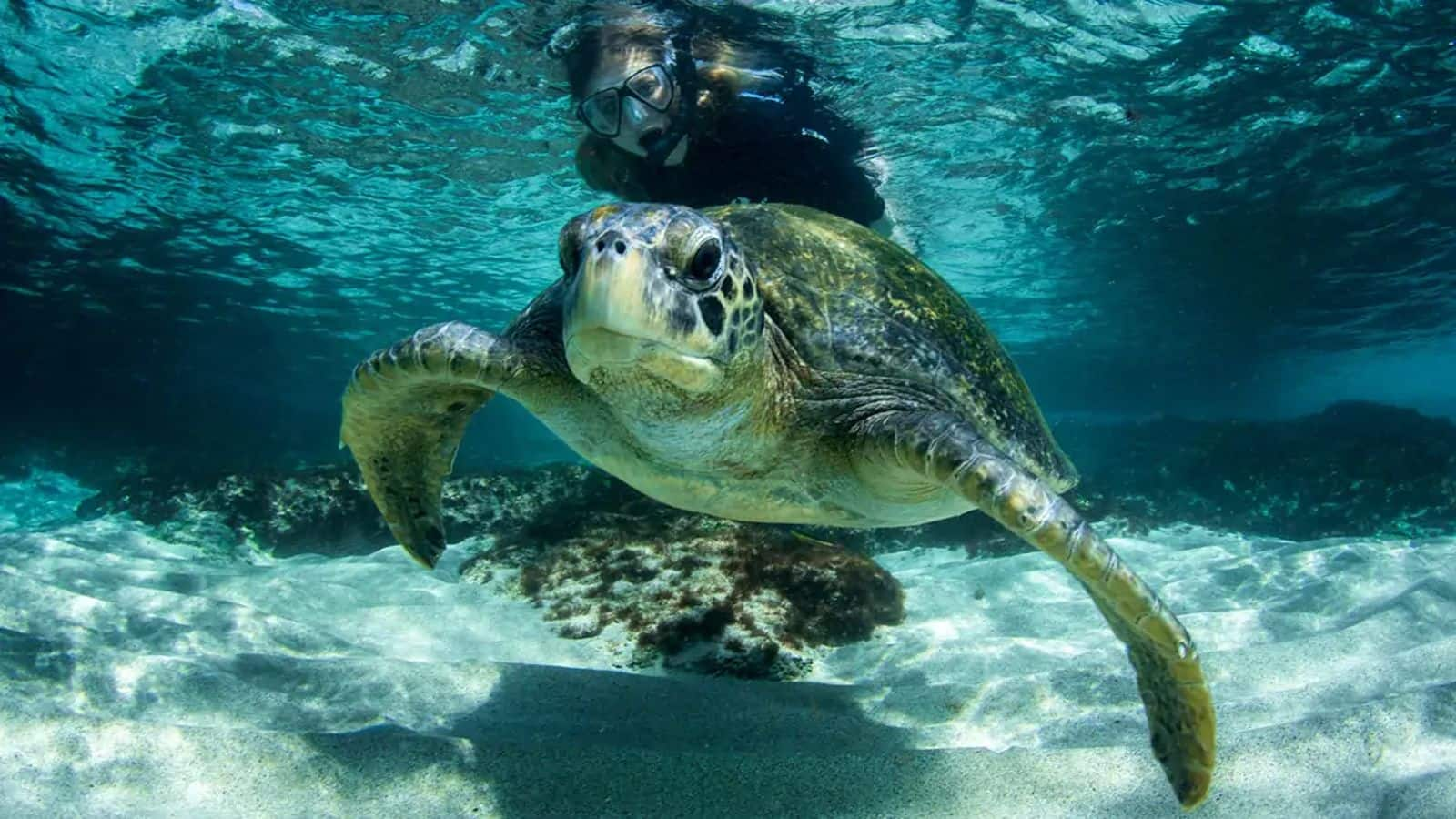
Unveiling the underwater paradise of Galapagos, Ecuador
What's the story
The Galapagos Islands, located off the coast of Ecuador, are a unique archipelago known for their diverse marine life and clear waters. These islands offer some of the best snorkeling experiences in the world, allowing visitors to swim alongside exotic fish, sea turtles, and even playful sea lions. The conservation efforts have preserved this natural wonder for all to enjoy responsibly.
Location selection
Choose your snorkeling spot wisely
The Galapagos Islands offer varied snorkeling sites. Beginners can enjoy Concha de Perla's calm, shallow waters rich in marine life. For the more adventurous, Kicker Rock presents a challenge with its strong currents but offers the chance to see sharks and rays. It's important to research each site's difficulty and potential sightings for a rewarding experience.
Tour options
Guided tours vs independent exploration
Some prefer solo exploration, but guided snorkeling tours offer significant benefits. Experts know the prime spots for wildlife and are familiar with local conditions such as currents. They provide insights into marine animal behavior and conservation efforts. Opting for a guide, whether for a half-day or full-day tour, can greatly enrich your underwater experience in the Galapagos.
Conservation awareness
Respect marine life
Snorkeling in the Galapagos is not just about witnessing marine biodiversity; it's also about respecting it. It's important to maintain a safe distance from all creatures and avoid touching or feeding them. The use of biodegradable sunscreen is encouraged to protect coral reefs from chemical damage. By following these guidelines, visitors ensure that this underwater paradise remains vibrant for future generations.
Gear up
Packing essentials for your snorkel adventure
For a rewarding snorkeling trip in the Galapagos, proper packing is essential. Although tour operators often provide masks, fins, and wetsuits, having your own gear ensures a better fit and comfort, crucial for those spending multiple days in the water. Also, pack waterproof bags for belongings and an underwater camera to capture memories without flash photography, thus protecting marine life.